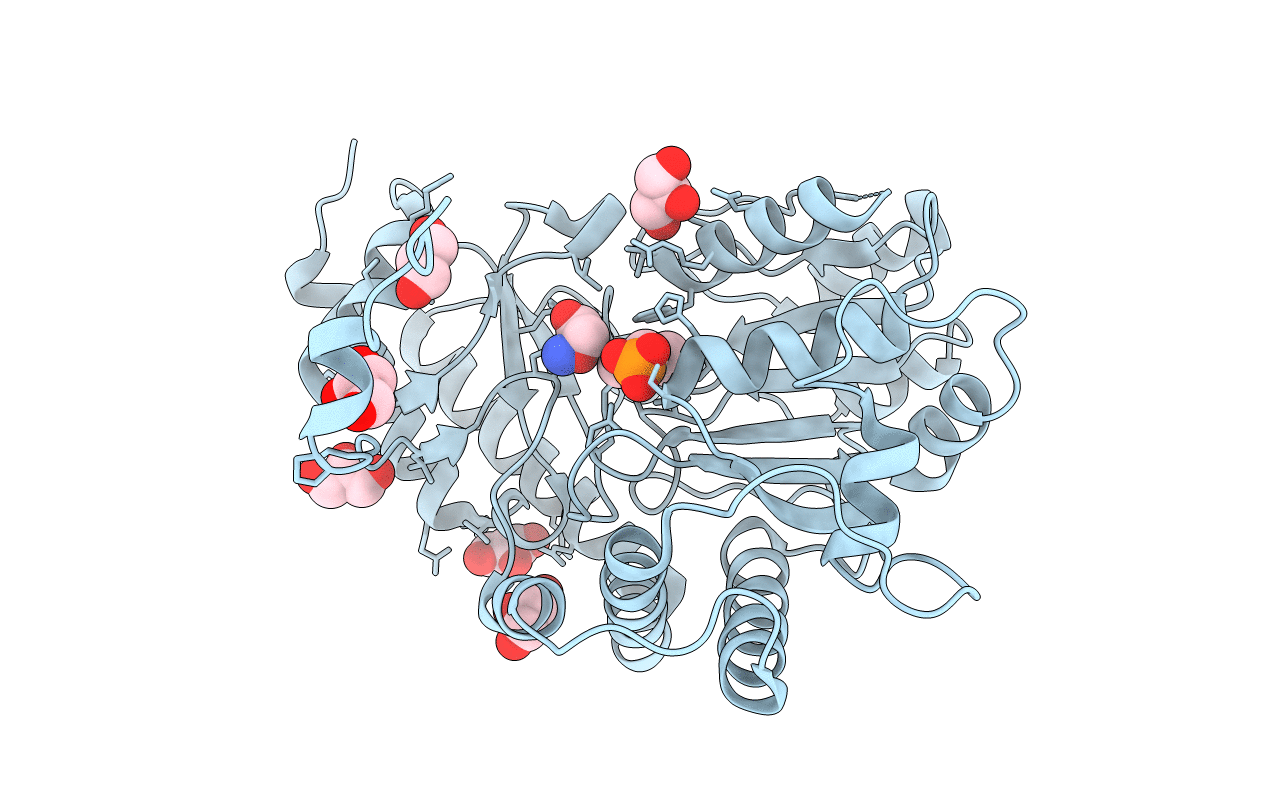
Deposition Date
2002-06-17
Release Date
2003-06-12
Last Version Date
2025-04-09
Entry Detail
PDB ID:
1H0C
Keywords:
Title:
The crystal structure of human alanine:glyoxylate aminotransferase
Biological Source:
Source Organism:
HOMO SAPIENS (Taxon ID: 9606)
Host Organism:
Method Details:
Experimental Method:
Resolution:
2.50 Å
R-Value Free:
0.28
R-Value Work:
0.23
R-Value Observed:
0.23
Space Group:
P 41 21 2


